For most kids growing up in the township the only place, they had considered a playfield where the streets, which involved playing outdoor games like Tree Tins, Intonga, Moruba, and Fushu with other kids until the street lights went on, indicating that they should run back to their homes.
Before the rise of PlayStation consoles and smartphones, we only had these fun indigenous and cultural games to draw kids in the community together to play. Each game would reinforce the African values of teamwork, communication, strategic and problem-solving skills resulting in positive character development from a young age.
We have assembled a list of the 5 most popular South African indigenous childhood games, their advantages, and benefits.
It is a traditional two-player strategy board game played in South Africa and Botswana. The game is known by many names in many languages, including Mlabalaba, Mmela, Muravava, and Umlabalaba. The game was not originally for children, it was used to share cattle, herding strategies and formulate war strategies.
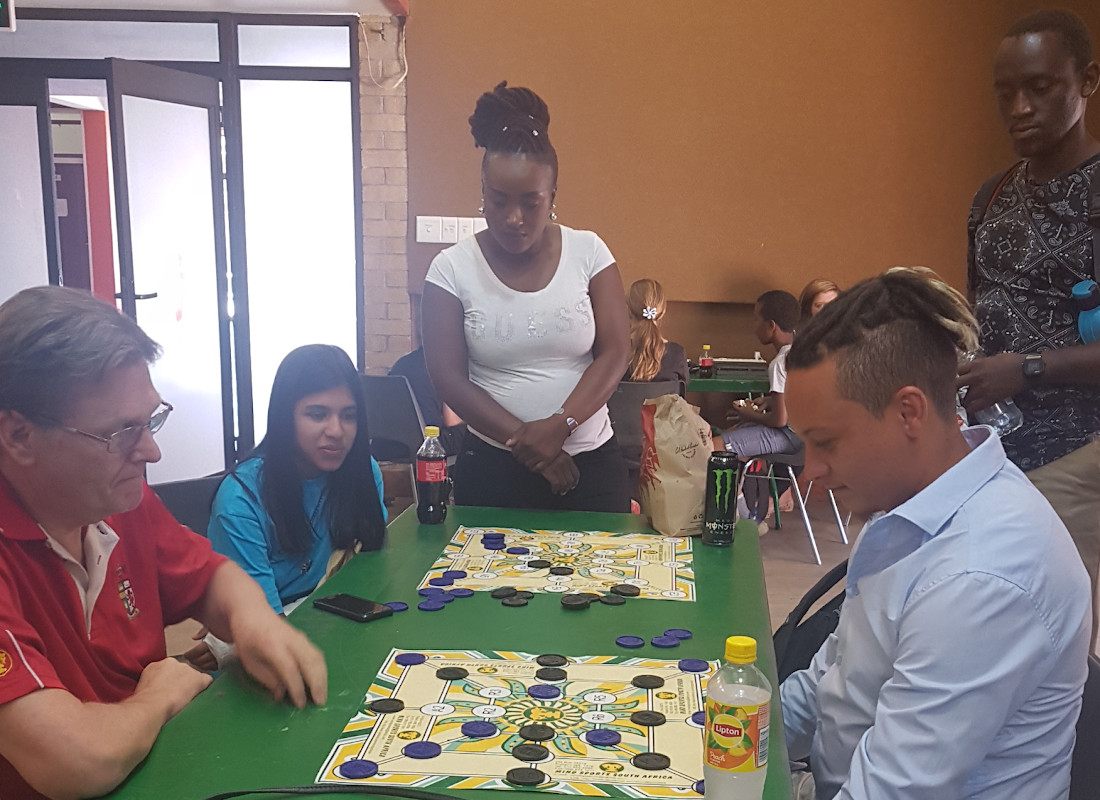
Diketo is a two or more player game known as Uphuca (meaning to grab) in the IsiXhosa language. This is a popular game in Southern African countries. Different communities execute this game differently, in South Africa Diketo is usually played in a circle drawn on the flower, while in Lesotho and Mozambique the game is usually played from a shallow hole dug on the ground, both versions require marbles.

Intonga/Nguni Stick fighting is a martial art traditionally practiced by teenage Nguni herd boys in South Africa. Intonga was used to resolve local disputes, sometimes to win a girl’s heart or to determine which boy would become the herd boys' supervisor (Induna). In the Intonga game, a strike on the head is not acceptable, however, a knock-out hit leads to a win.
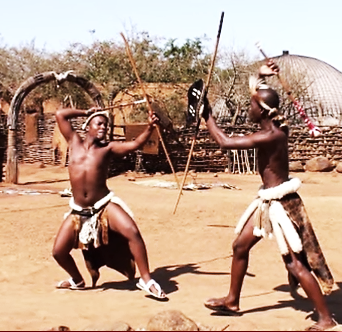
At the start of the game, the attackers stand next to each other in a single in the attackers’ box. The defenders' position themselves in the defenders’ area (on the center half of the pitch opposite the attackers’ half of the pitch) and the roller takes up position in the rollers’semi-circle in the middle of the pitch as the defenders try to retrieve the ball from the opposition as soon as possible. If the attackers arrive safely on the other end they are safe to continue to play until they are all out and the teams change around.
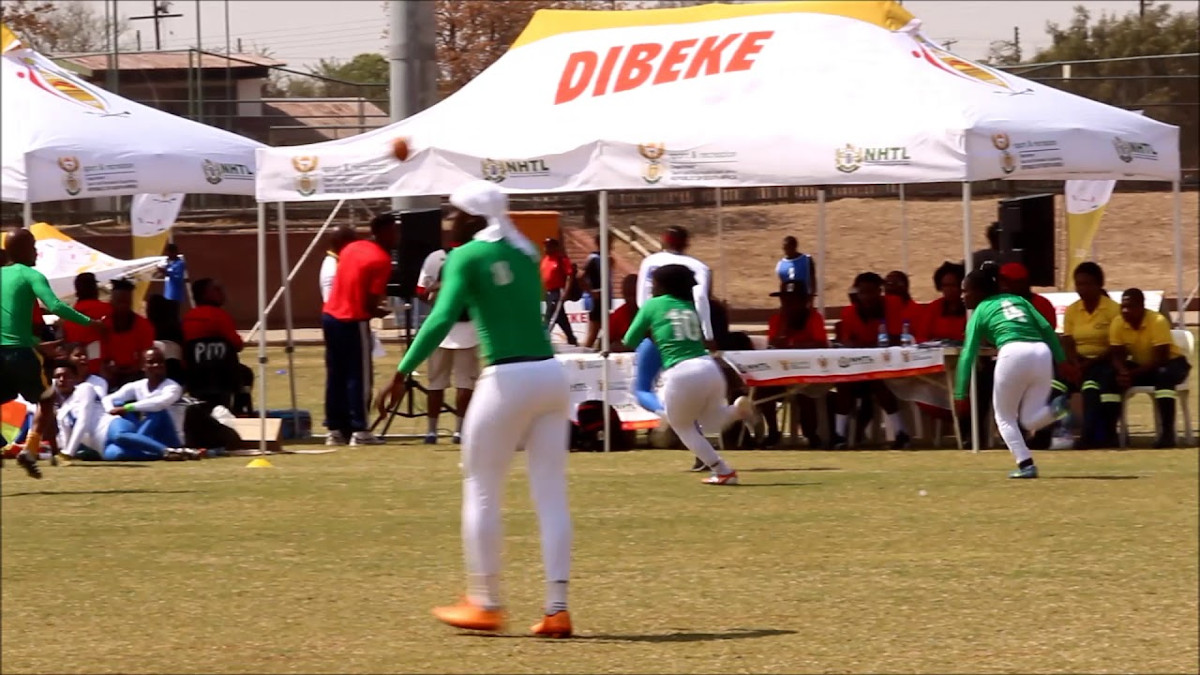
Kgati is a popular game all across South Africa, the game of Kgati, Ntimo or Ugqaphu as it is known in different languages, require a few things for a successful game:
a. Fitness for skipping
b. Coordination for stunts
c. A singing voice for the rhythm.
The thrill of the game is in the movements of the feet and the clapping of the hands while the player attempts to achieve all the stunts without getting the rope stuck between their legs.
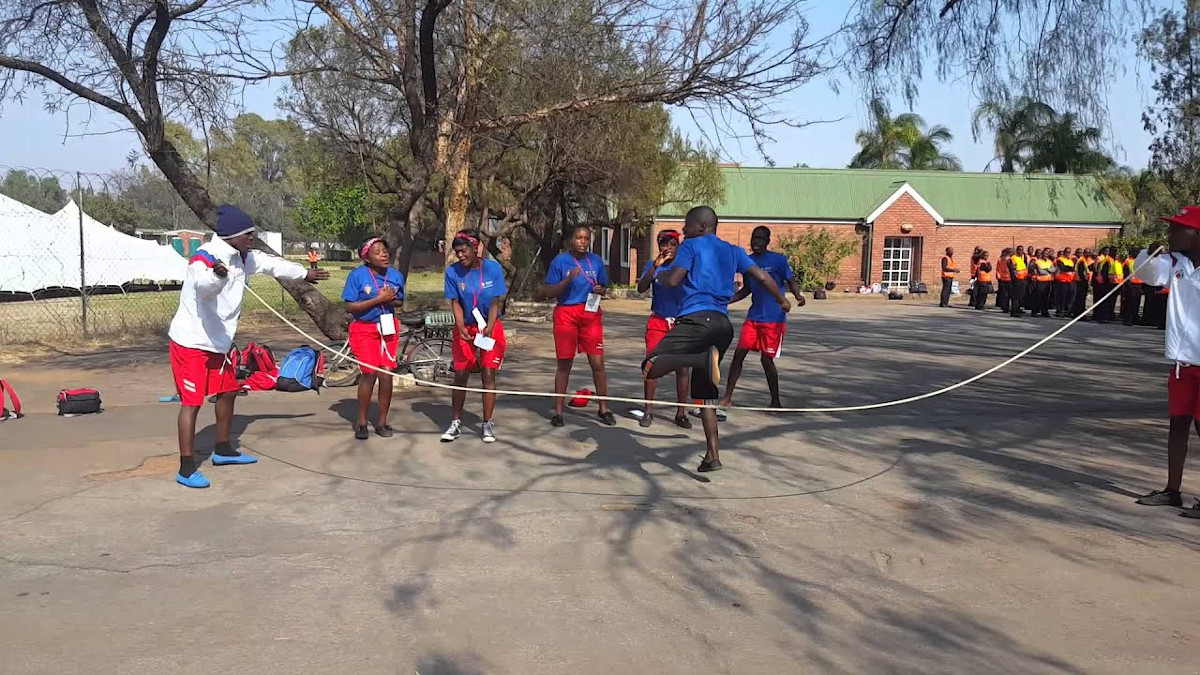
These are just some of the local popular games in South Africa, we hope this inspires you to put the electronics down and go outside and play.
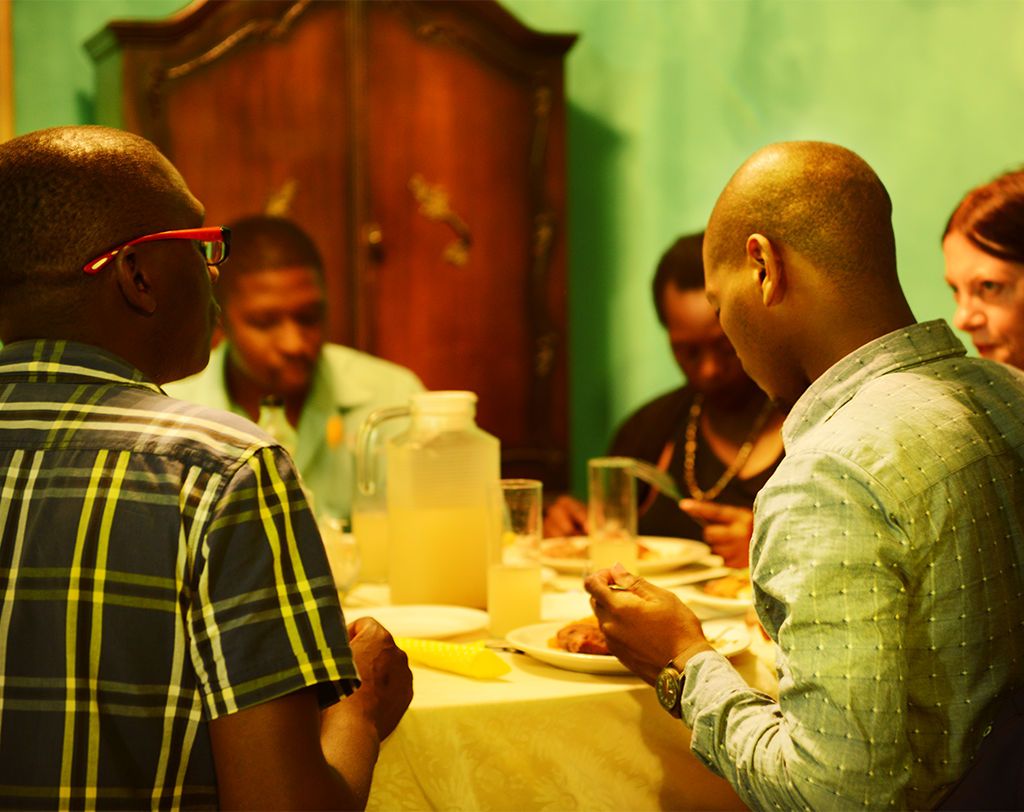





Did you enjoy this article?